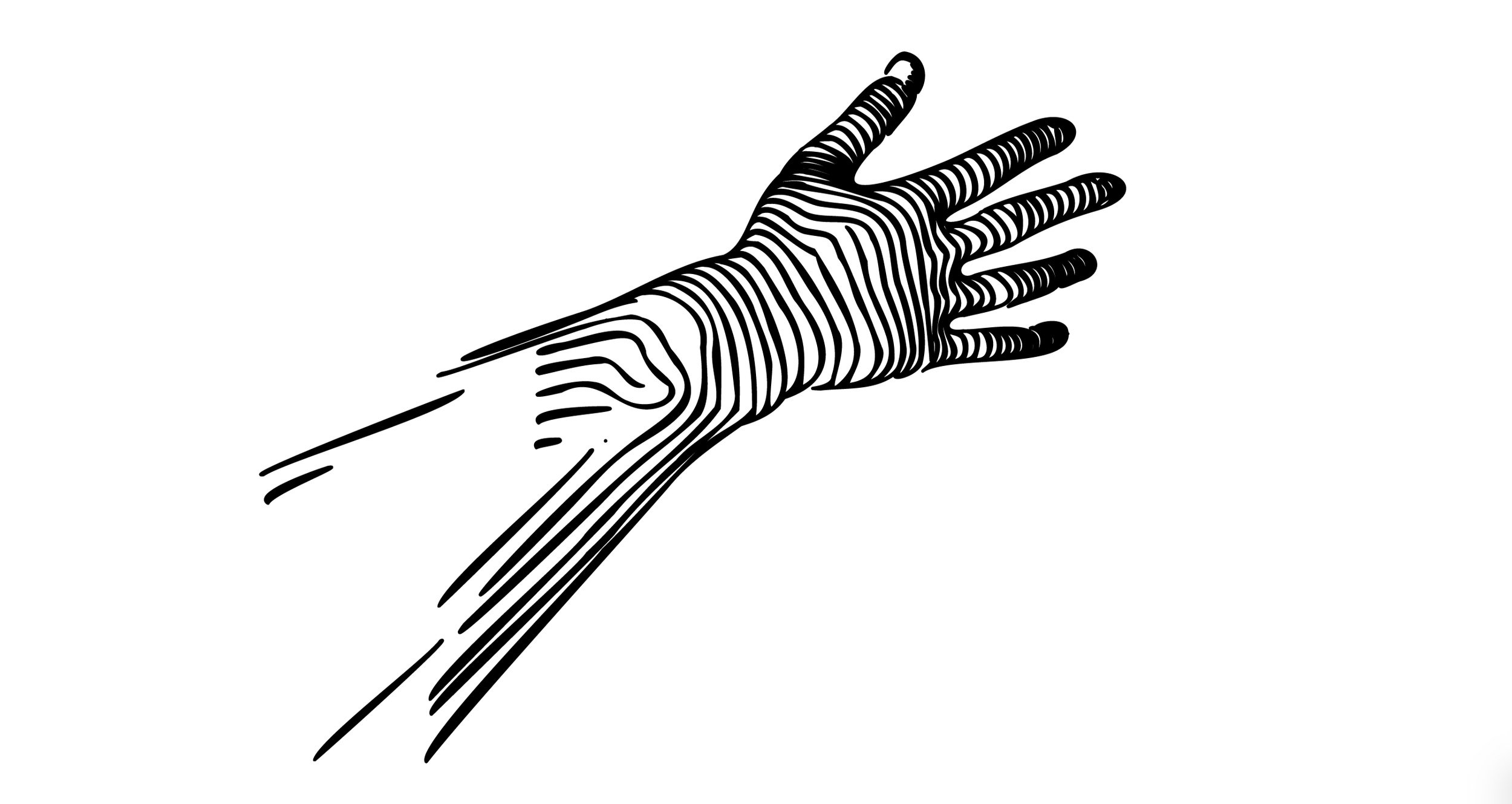Villars Institute and Woven Foundation present:
MEMORIES OF THE MELTED
Using scientific data and melting glacier water, this artwork offers a glimpse into our future. It reveals what we have already lost, and what is left to lose.
This conversation starter about the disappearance of glaciers and all its impact is created by ecological artist Thijs Biersteker in collaboration with leading glacier scientists Heïdi Sevestre and Matthias Huss. It is a testament to the impact of the disappearance of glaciers worldwide.
This is not just a conversation about melting ice; it is about the far-reaching consequences for our society, ecology, and economy.
GLACIERS,
WHO CARES?
It’s not just about melting ice—it’s about the far-reaching impacts beyond it. And to address these challenges, policies must be in place before it’s too late.
To help policymakers navigate this complex landscape, the Woven Foundation for Creative Climate Communication is developing the Glacier Narrative Navigator©, set to launch in 2025—the International Year of Glacier Preservation.
For a preview, explore three key narratives in the BETA version below.
WHAT IS A NARRATIVE
NAVIGATOR?
NARRATIVE
NAVIGATOR©
BETA version 1.1
Science communication research tells us that society makes sense of climate change through three main interweaving narrative frames.
The Narrative Navigator weaves facts, stories and values within these three frames to help navigate to the heads of state and the hearts of the people.
Discover the 3 main narrative frames:
-
Population and economic overgrowth are the cause of climate change.
Our societies are mismanaged and we need decisive government interventions.
Impartial scientists are a voice of reason.
-
Climate change is a moral issue and the result of overconsumption.
Corporations are the root cause of this. Their profits bulldoze societies' well-being.
Environmentalists bring hope and change in a much-needed world.
-
Climate change is somewhat part of our Earth's natural cycle.
Our strength in adaptiveness and innovation will ease the climate impacts.
Market demand and needs will attenuate the various crises we will face.
THE WATER NARRATIVES
Glacier-related narratives span multiple areas, including agriculture, tourism, disaster recovery, cultural identity, water security, climate policy, and international cooperation.
Below is a preview of how recent news stories reflect emerging narratives on water security.
Discover three narratives about glaciers, told through water:
-
Water gatekeeping, an international conflict.
Turkey has built reservoirs in the Euphrates and Tigris rivers, resulting in less water in Iraq. The same goes for the Grand Ethiopian Renaissance Dam at the border between Sudan and Ethiopia and its impact on available quantities of Nile water in Egypt.
-
Millions rely on glacier water to feed the world.
Around the world, 130 million farmers depend on the meltwater of glaciers. Glacier melt can temporarily increase the water availability but also increases the unreliability of the source.
-
Adaptation and Climate Policy: To feed or to heat?
A major problem is a foreseeable conflict of interest between the agricultural sector and the hydropower plants – in other words, between those who want to use water from a river at the bottom of a valley to irrigate the fields during dry spells and those who want to store the water in reservoirs in the mountains to produce electricity to cover the peak demand during the winter.
Source:
Swissinfo
Stay in touch to receive updates and exclusive demo opportunities.




